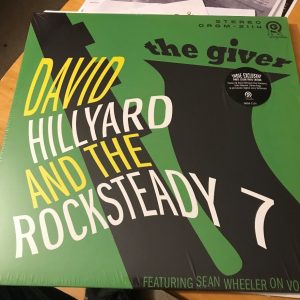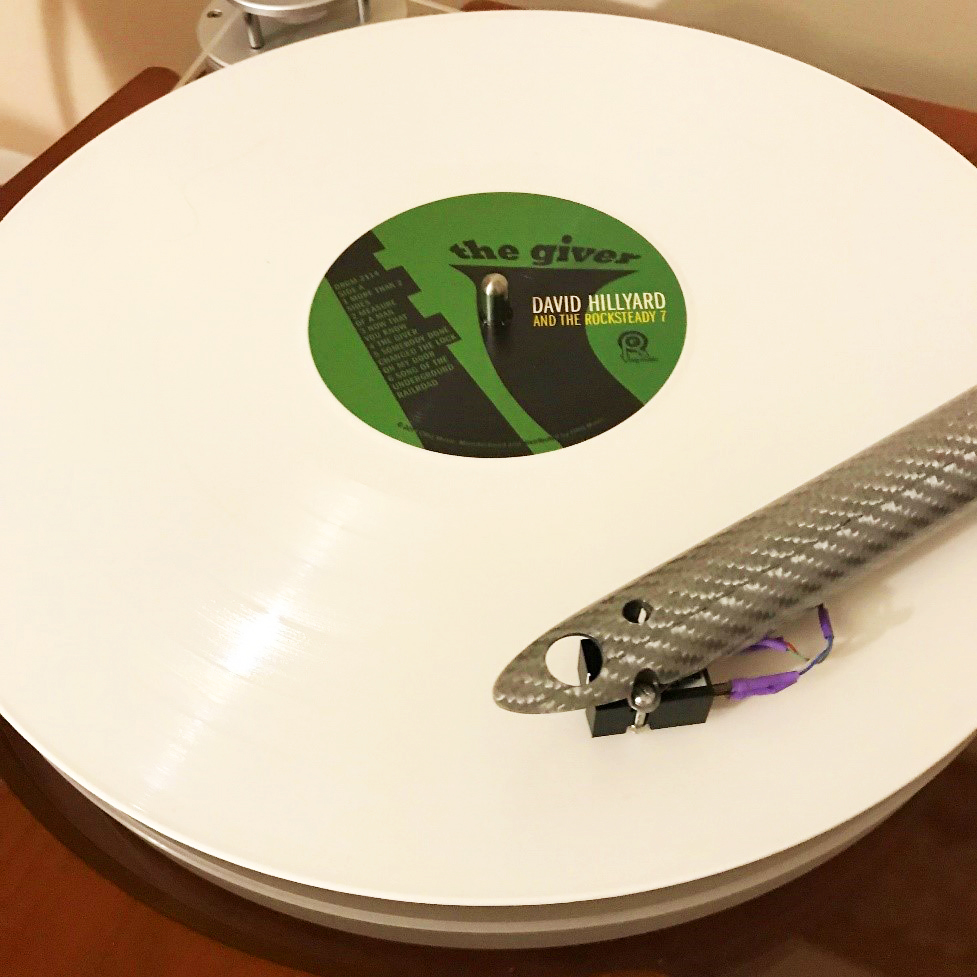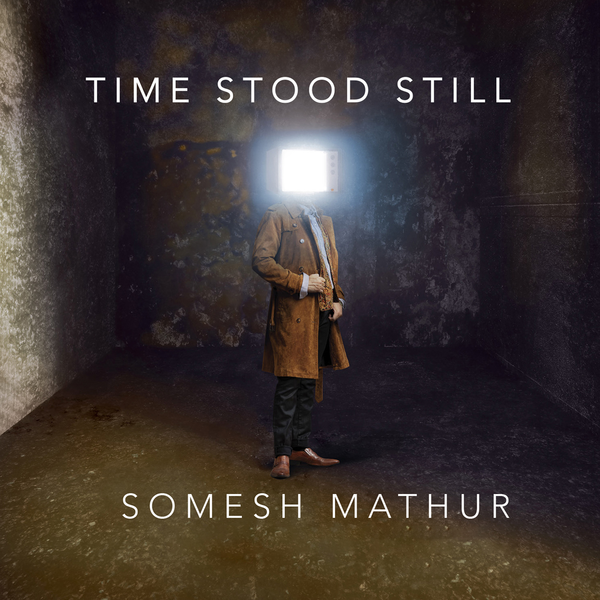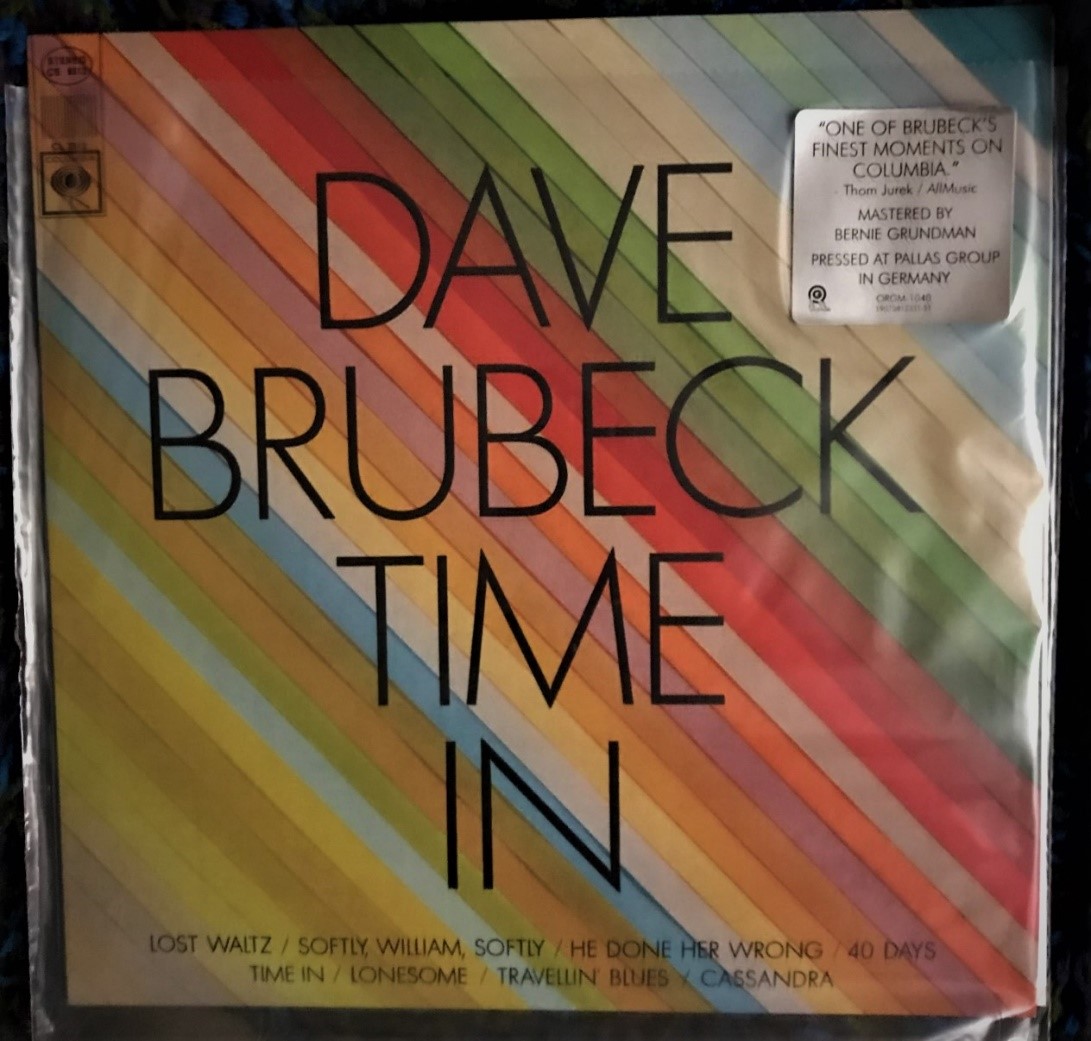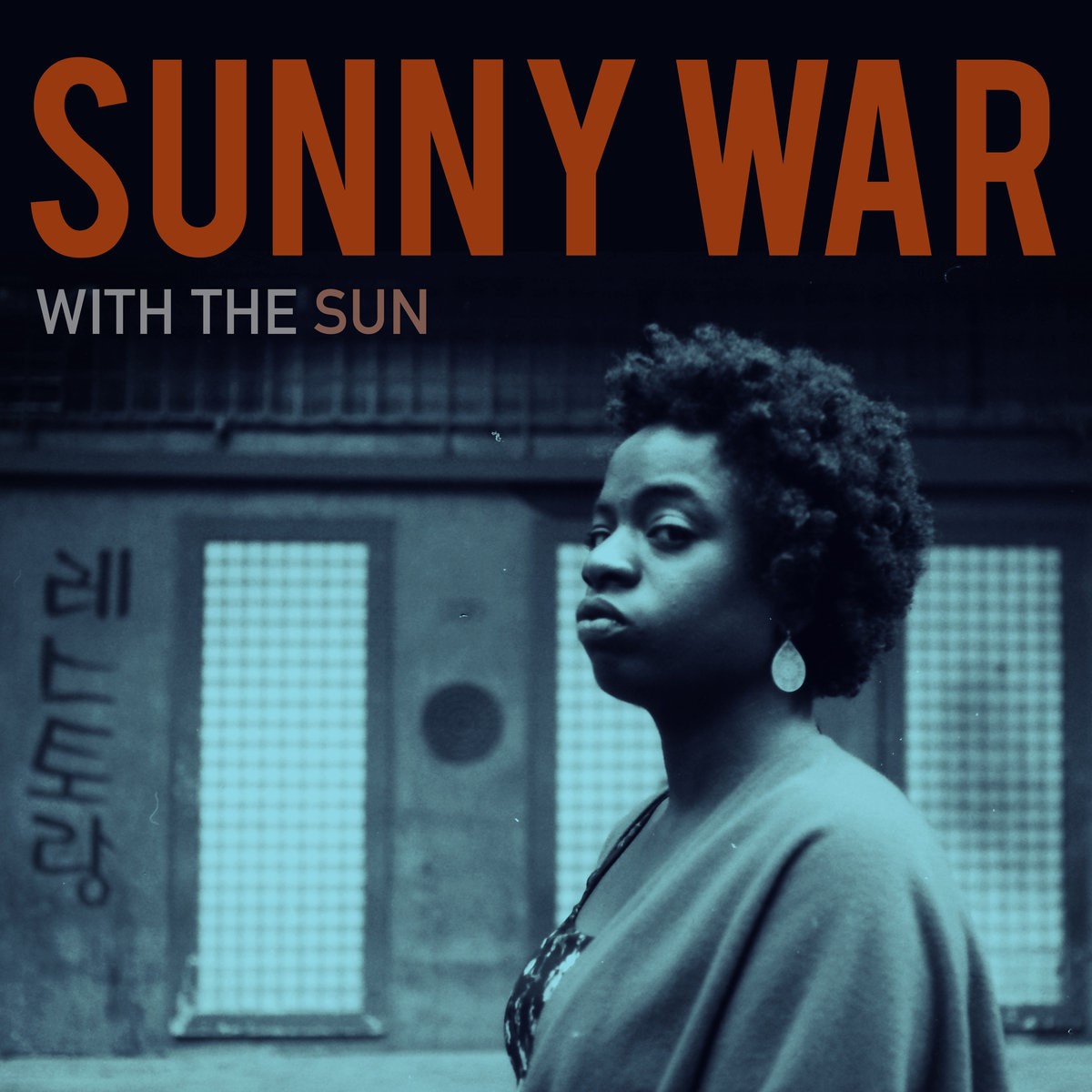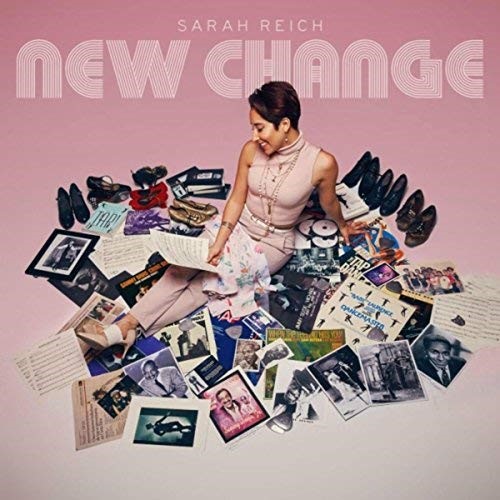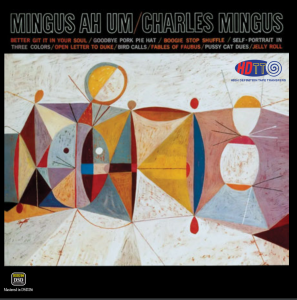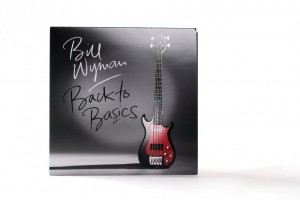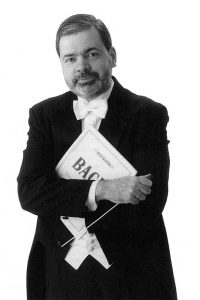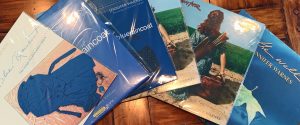ORG Records ORGM-2114, LP $20, special limited edition green or white $25, available at orgmusic.com
We music lovers and collectors know the feeling of missing out on a particular band or performer for a big chunk of our lives, only to say, "Why haven't I discovered this until now?" I can think of dozens of artists that I've always known about, but for one reason or another I've unwisely chosen to ignore them until much too late in life. There's so much music out there and so little time, right? Some of it's bound to pass on by without you noticing. Or, as I like to say, "You'll probably never hear your favorite piece of music, but it's out there, somewhere."
It's a little embarrassing, however, when an entire musical genre slips under your radar. In my particular case, that genre is rocksteady. Until a few weeks ago, I thought that was just a rather mediocre song by Bad Company, the kind of by-the-numbers rock anthem that would have normally prompted me to change the radio station back when I was younger. But no, rocksteady, despite its brief popularity in the mid-1960s, was incredibly influential.
Forgive me if you already know rocksteady well and can supply all these answers, but this music is sort of a transitional point between ska and reggae. Ska had been around since the late 1950s when Derrick Morgan, the Skatalites, Desmond Dekker and others blended rhythm and blues from the American South with Jamaican folk music and calypso. Ska peaked around 1962, when Jamaica declared independence from the UK. By the middle of the '60s, many groups started to slow down the manic tempos of ska, while adding a "one-drop beat" that would serve as the precursor to modern reggae. This change marked the birth of rocksteady, with performers such as the Techniques, Delroy Wilson and Jackie Mittoo paving the way.
Rocksteady dominated the Jamaican charts for only a couple of years, from 1966 to 1968, when reggae became hugely popular—pretty much when Toots and the Maytals started releasing singles and Jamaicans started thinking about the destiny of their new country. Despite its brief reign, rocksteady is largely credited with establishing the well-defined structure of reggae, the off-kilter and dominant rhythms from the bass and drums as well as the staccato guitar chords.
I have plenty of ska and reggae albums, of course. I loved the British "second wave" of ska in the late '70s and early '80s with distinctive bands such as The Specials and early Madness. (I didn't really respond to the American based "third wave" in the early '90s, with bands such as Sublime and 311, but I'm starting to come around.) I think I went through a reggae phase in college, as many of us did. Rocksteady, however, was a complete mystery to me until a few weeks ago when David Hillyard and the Rocksteady 7's The Giver unexpectedly showed up on my front porch.
From the album cover, I didn't know if The Giver was a new release or a reissue. When I finally had the chance to spin this LP, I was gobsmacked. This music was such a lovely compromise between ska and reggae—I tend to get exhausted from ska's manic cadences after a few tracks, and I get bored with the hazy, laidback, and extremely sanguine mood of reggae. The lively horn section from the Rocksteady 7 provided a big dose of adrenaline to the songs in the same way Chicago rhythm and blues drives that nicotine-tinged music deep into the Midwestern night. This brushes up against the concept of a broader term, "Jamaican jazz," and how the rocksteady musicians in the mid-'60s used their knowledge of American jazz to develop these new genres. That's why you'll hear Hammond organs and vibraphones and the occasional harmonica in these songs, and David Hillyard is dedicated to preserving those flourishes.
As I listened to The Giver straight through the first time—I had no choice—I quickly solved the "Is it a reissue?" conundrum. It sounds fantastic, much better than any Jamaican record studio could have produced fifty years ago. Hillyard, who arranged and produced this mix of originals and classics, leads the way with his soulful tenor and baritone saxes—but he's sharing space with plenty of talented musicians, and all of them are presented in well-focused layers. My first clue, however, was the sound of Chiquis Lozoya's bass—it sounded so low and deep that it felt like it took a nosedive through the floorboards of my listening room. They weren't getting these deep and accurate low frequencies back in 1966, outside of some of the mainstream jazz and classical studios.
Still, I was momentarily fooled by Sean Wheeler's vocals, and the way they captured that raspy and otherworldly reggae vibe. No one, it seems, sings this way anymore. Tommy Mattioli's vibraphone didn't help, either—that particularly instrument always convinces me, through its ethereal timbre, that I'm listening to an artifact from the days when my parents were youngsters.
By the time I was finished with this memorable first pass, I was compelled to do some immediate research on David Hillyard and the Rocksteady 7. The band first formed in New York City in 1992 with Hillyard, percussionist Larry McDonald and a rotating line-up of the best musicians in jazz, ska, blues and calypso. They're one of the few rocksteady bands that have endured and kept this music alive over the decades, but they're not exactly prolific in the studio—they've only released a handful of albums over the years. (The Giver is the first since 2009's Get Back Up!) It's obvious, however, that they play together frequently since they're such a cohesive unit. I can't wait to see them live—I'm putting it on my bucket list right now.
"Coolest thing I've heard in many a moon," I wrote on my Facebook page after that first listen a few weeks ago. I'm not sure why I was so immediately smitten with The Giver, other than the fact that it so perfectly captured a wonderful time and place in musical history while still possessing sound quality any contemporary audiophile would adore. (To give you a hint on how and why this sounds so good, it was mastered from analog tape by Bernie Grundman.) The LP pressing itself is remarkably quiet, thanks to Germany's Pallas Group. You even get a choice of pressings—the garden-variety black vinyl is available from most outlets, the transparent green vinyl is an exclusive to the ORG website, and the white vinyl copy I received is only available at selected independent record stores—an awesome idea.
If you can't spin records, and shame on you for that, you can also purchase The Giver on all the various digital download formats, CD and even—get this—cassette. I recommend the vinyl simply because this music exists on such a rarified level of coolness, so nothing else will do. Highly recommended, and so far it's my choice for my favorite album of the year.




